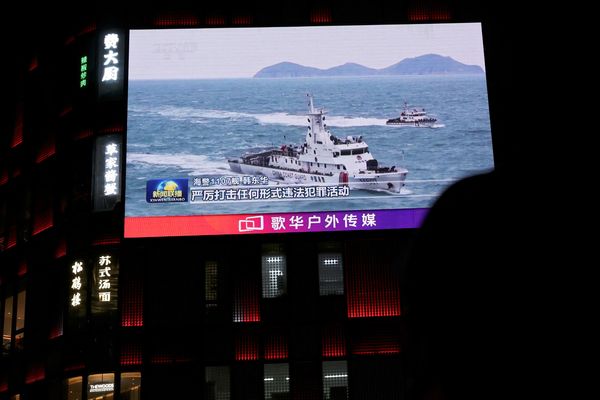The world is in the midst of a food crisis. The price of wheat has doubled since January. The prices of other foods, such as bananas, corn and soybeans, are at all-time highs. Malaysia has begun stockpiling chicken. More than 100 countries have hungrier populations in 2021 than they did in 2000.
Yet the United Nations Food and Agriculture Organization estimates some 30 percent of all food grown never makes it to the dinner plate, so the resources used to grow it – water, land, minerals – were wasted. William Gibson’s famous line about the future could just as easily be applied to food: it’s here, it’s just not very evenly distributed.
Part of that distribution relies on efficient supply chains and suitable packaging to transport food from where it’s grown to where it’s eaten. In developing economies, most food loss occurs between the farm gate and the market, with poor storage, packaging and unconnected supply chains contributing to food spoilage. In developed economies, food waste happens between the market and the dinner table, with consumers buying too much and not properly storing their supplies.
Long viewed as an environmental villain, plastic packaging can do much to stop food waste. In many cases, the resources used to grow the food far outstrip the resources used to create packaging. Perhaps surprisingly, that means food waste can be a bigger villain than plastic waste. But the situation is complex. Just as different foods require different conditions to grow, so their packaging and protection is specific to the food. The solutions vary food by food across the world.

REALITY CHECK
Per capita food waste by consumers in Europe and North America is 95 to 115 kilograms a year, while in sub-Saharan Africa and South and Southeast Asia it is 6 to 11 kilograms a year.
With the global population predicted to rise from seven billion to nine billion by 2050, the supply of food will need to increase by 77 percent compared with 2007.
Global plastic resin production grew from 1.7 million tonnes a year in the 1950s to approximately 348 million tonnes in 2017. Less than 10 percent of plastic has ever been recycled.

BIG IDEAS
Quote attributable to Helén Williams, Karlstad University: “Reducing food packaging without analysing the effects on food waste may create an environmental and social mess. Food and its packaging need to be considered as a unit.”
Quote attributable to Simon Lockrey, RMIT University: “It does not just involve packaging design and manufacture; end-of-life systems also need to be ready for change, or else design efforts will be for naught. Also, consumers will need education, so they can recycle, reuse and compost effectively.”
Quote attributable to Svenja Kloß, Albstadt-Sigmaringen University: “Both indicators and sensors could reduce food waste and increase consumer safety. They could be a useful addition to the traditional best-before date and may even replace it under certain circumstances.”
PERSPECTIVES
Plastic packaging has an evil twin Fredrik Wikström, Helén Williams The problem of too much plastic packaging will not be solved without addressing its larger twin: food waste.
Plastic pollution is bad, but food waste is far worse Simon Lockrey, RMIT University Single-use plastic is a huge environmental problem, but plastic can help limit food waste – another big problem. Tackling both will take ingenuity, but it can be done.
New plastics prepare for takeoff Ahmed Z. Naser, University of Guelph Plant-based plastics are only just starting to be more widely accepted. But challenges remain.
Meet the meat that tells you when it's going bad Svenja Kloß, Mara Strenger and Markus Schmid, Albstadt-Sigmaringen University Intelligent packaging offers promise for reducing food waste, with smart indicators letting consumers know whether their fridge contents are still safe to eat.
Charity groups tackle food waste in Indonesia Vrameswari Omega Wati, Elisabeth A.S. Dewi and Yulia Indrawati Sari, Parahyangan Catholic University Millions of tonnes of food are wasted in Indonesia every year. Social movements are filling a policy void and hungry stomachs.
Malaysia says no to single-use plastic Thoo Yin Yin, Monash University Malaysia Malaysia wants to be rid of single-use plastic by 2030. Bioplastics may help it get there.
A bad wrap? Using packaging well to reduce food waste Tammara Soma, Simon Fraser University Vast amounts of food are sent to landfill. But the jury’s out on whether packaging is friend or foe in the fight against the problem.
Garbage went up as homes were locked down Gabriel Andari Kristanto, University of Indonesia As locked-down citizens plodded through COVID with their home-delivered meals, a new waste stream was created. It’s time to start cleaning it up.
Originally published under Creative Commons by 360info™.







